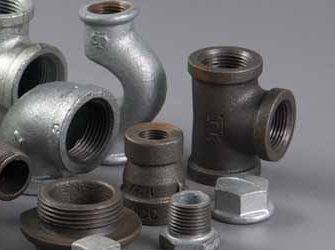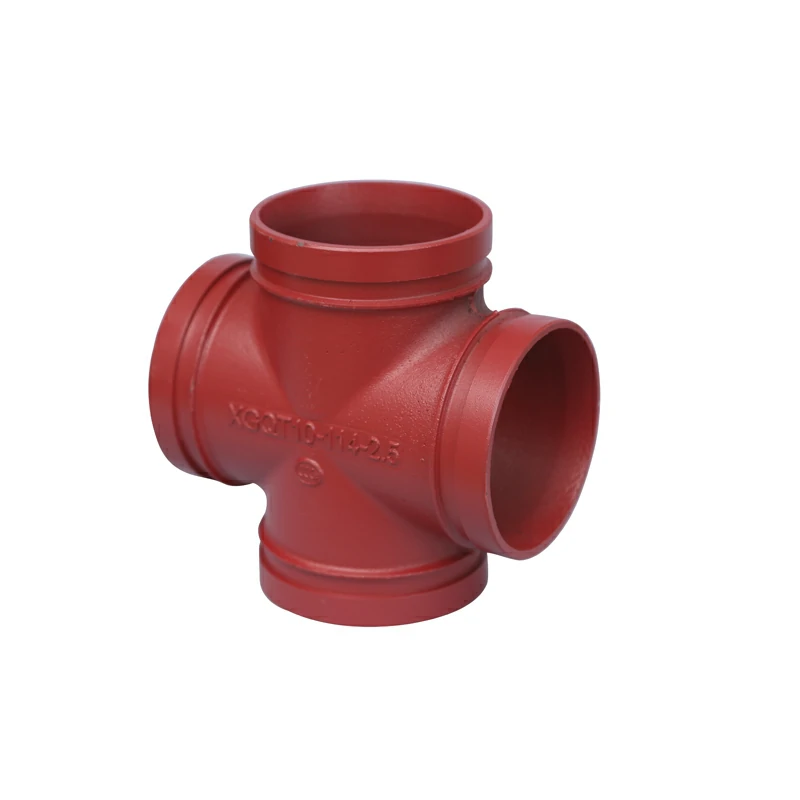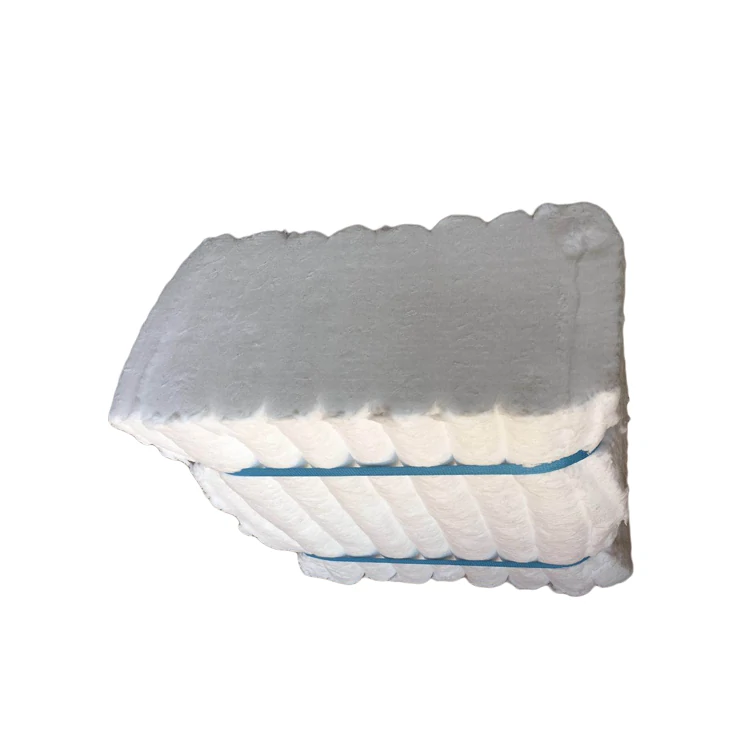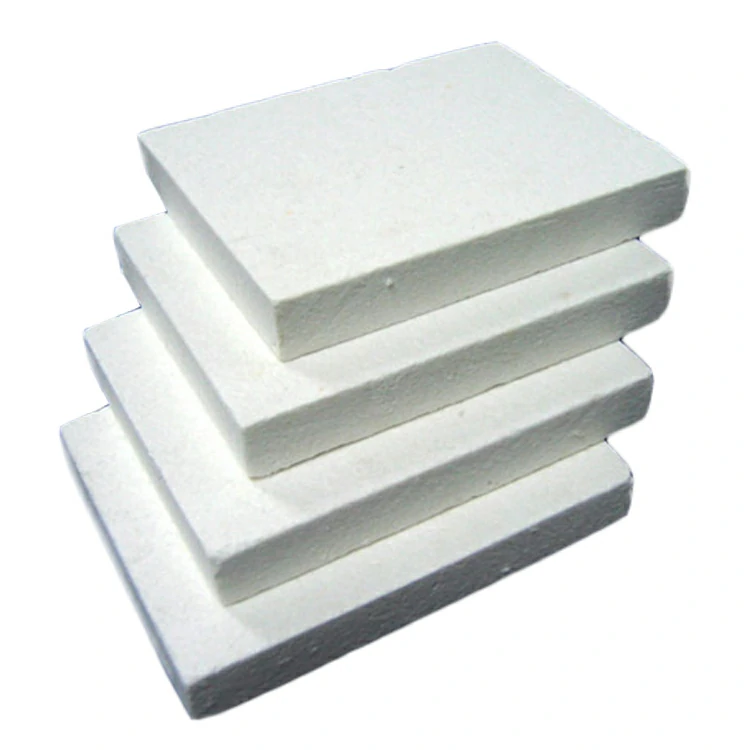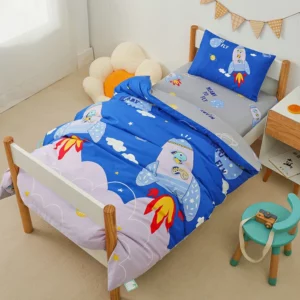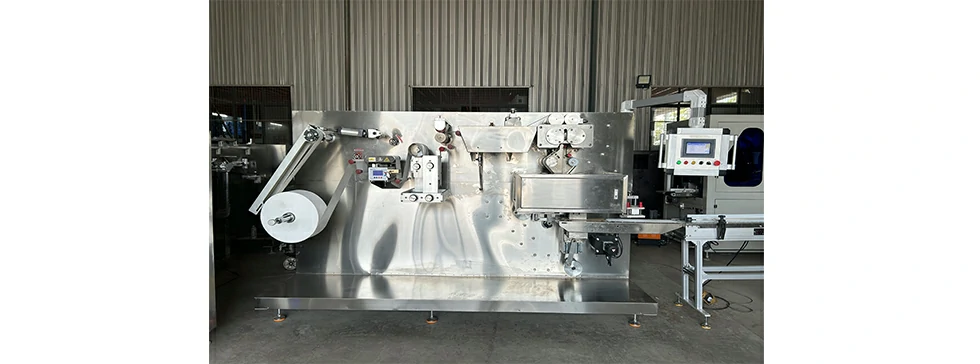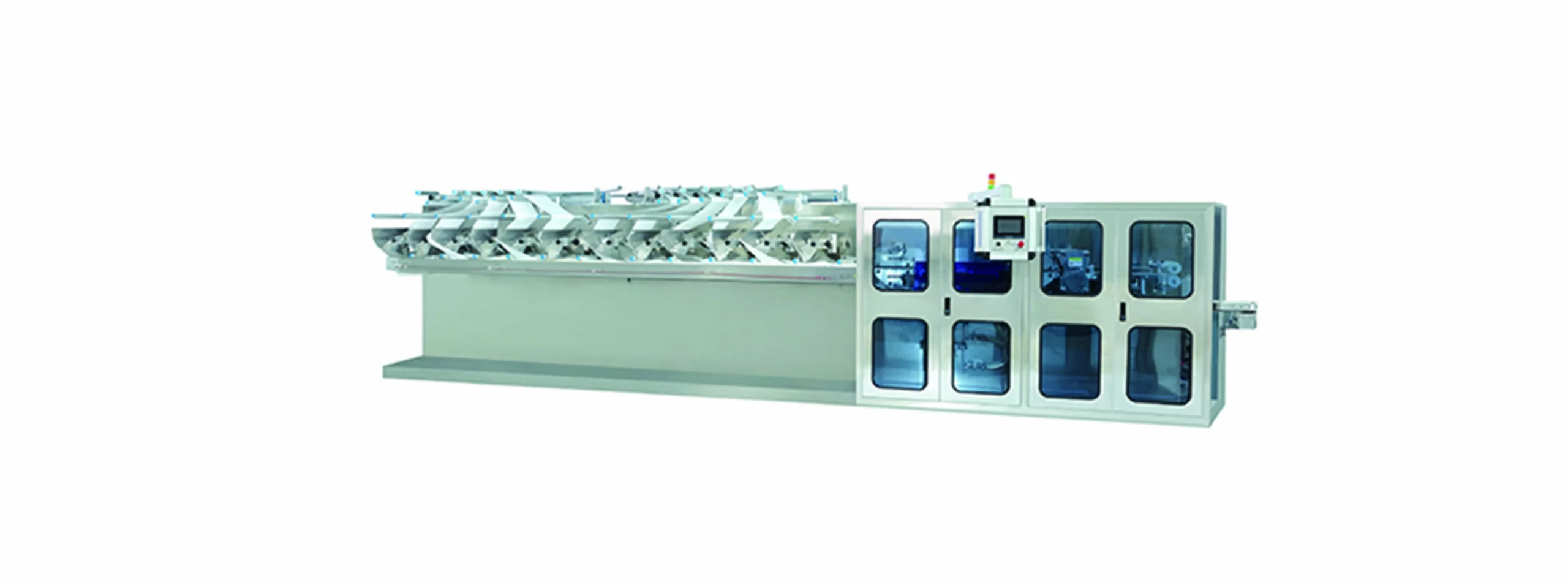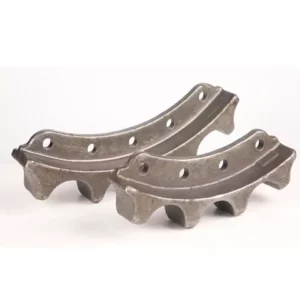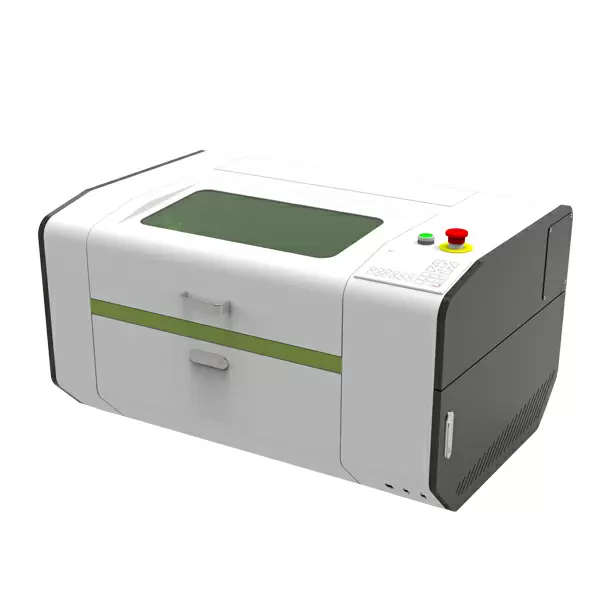Our fermented bean curd paste stands out from other varieties for several reasons:
- Unique Flavor Profile: Our fermented bean curd paste is crafted using a proprietary recipe that results in a distinctive and complex flavor profile. It balances the natural richness of fermented soybeans with savory, umami notes and a hint of tanginess, creating a truly unique taste experience.
- Premium Ingredients: We source only the highest quality ingredients for our fermented bean curd paste, ensuring superior flavor and freshness. From non-GMO soybeans to carefully selected seasonings and spices, every component is chosen with care to deliver exceptional quality and taste.
- Traditional Production Methods: Our fermented bean curd paste is made using traditional fermentation techniques that have been perfected over generations. This time-honored approach allows the flavors to develop naturally and ensures authenticity and depth of flavor in every batch.
- Versatility: Our fermented bean curd paste is incredibly versatile and can be used in a wide range of dishes, from stir-fries and marinades to sauces and dressings. Its bold flavor adds depth and complexity to both traditional Asian recipes and modern fusion cuisine.
- Quality Assurance: We take great pride in the quality and consistency of our fermented bean curd paste. fermented bean curd paste Our production facilities adhere to stringent quality control standards, and each batch undergoes rigorous testing and inspection to ensure that it meets our exacting standards for flavor, texture, and safety.
Overall, our fermented bean curd paste is a testament to our commitment to excellence and innovation in Asian condiments. Its unique flavor, premium ingredients, traditional production methods, versatility, and quality assurance set it apart as a standout choice for discerning chefs and home cooks alike.
